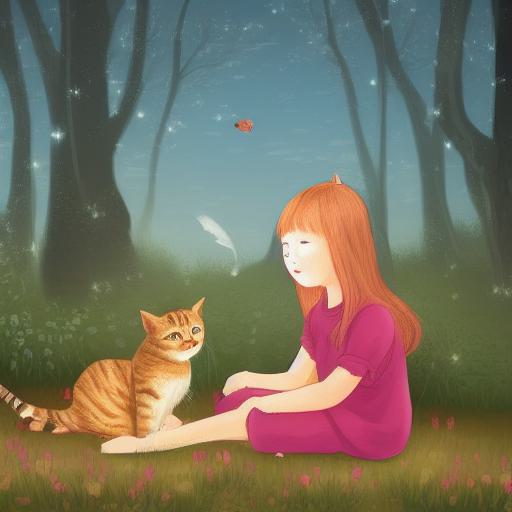Children book illustration
Children’s book illustration refers to the art of creating visual images that accompany the written content of a children’s book. The illustrations can be in various forms such as paintings, drawings, digital art, or a combination of different mediums.
Illustrations in children’s books are an essential element of the storytelling process, as they help to engage the reader and bring the story to life. The illustrations can depict characters, settings, and events that the text describes, or they can add additional layers of meaning or nuance to the story.
Children’s book illustrators often work closely with authors and publishers to create illustrations that match the tone, style, and themes of the book. They may use different artistic techniques and styles to create illustrations that appeal to different age groups and genres.
About illustrators
Illustrators may also need to consider technical aspects of their work, such as layout, typography, and color. These elements can affect how the illustrations are perceived by the reader and how they interact with the text.
Overall, children’s book illustration is an important part of the publishing industry and has the power to capture the imaginations of young readers and help them develop a lifelong love of reading.
How can AI-generated art be utilized?
The use of AI-generated art provides designers with numerous benefits, such as increased efficiency, customized designs, enhanced inclusivity, and broader opportunities for creative expression. By utilizing this technology, designers can produce high-quality visuals rapidly, experiment with various artistic styles, and push boundaries in traditional art forms. Furthermore, the integration of AI-generated art into designs has been simplified by tools like Visual Paradigm Online.
How to write this AI prompt?
The first part of the prompt sets the scene by describing a “girl sitting on the ground next to a cat”. This suggests a specific setting and context for the image, which the AI can use to generate appropriate visual elements. The presence of a cat may also indicate that the image should have a cozy, comforting feel.
The prompt also includes the reference “a storybook illustration by Ni Duan, trending on pixabay”. This provides a specific reference to an existing piece of art and an indication that this type of image is currently popular or trending. This reference can help to guide the AI towards creating an image that is likely to be well-received by audiences.
The next part of the prompt is “magical realism”. This is a literary genre that combines elements of fantasy and reality to create a dream-like atmosphere. This specification can influence the AI-generated image to incorporate surreal or fantastical elements.
Finally, the prompt specifies “children book illustration, children’s book illustration”. This provides information about the intended audience and purpose of the image. Children’s book illustrations typically have a specific aesthetic and use of color that can influence the AI-generated image.
Overall, the different components of the prompt provide a rich set of information and inspiration for the AI algorithm to generate an image. The use of specific visual elements, references to existing artwork, and indications of popular genres and styles can all help to guide the AI towards producing an image that aligns with the prompt’s overall vision. Additionally, the prompt’s use of descriptive language and vivid imagery can help to inspire more creative and engaging images.


